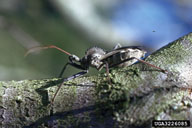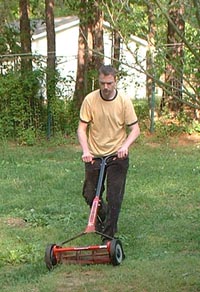
The ducklings arrive via U.S. Mail from Clearview Hatchery in Gratz, Pennsylvania. Most hatcheries have larger minimum orders, but Clearview would send us as few as six, which is what we wanted. Well, ok: they only charged us for six, but they sent an extra duckling. Number Seven is not marked, so we’re guessing it is female, but when we may find ourselves with a drake when their feathers come in. Until then, there’s no reliable way for an amateur to tell.

